Huawei Mate Xs phone Review
Do you wish to comprehend what NFC stands for? Have you read the Huawei Mate Xs review and catalog and noticed some hazy things? If you want answers to these questions and many more about Huawei Mate Xs specifications, then you are in the right place.
After announcing Huawei Mate Xs by Huawei on 2/24/2020, this model has been Released in 2020, on March 05. However, this model’s status in the market is Available.
When you purchase Huawei Mate Xs, you will gain a 40 MP, f/1.8, 27mm (wide), 1/1.7″, PDAF rear camera and 8 MP, f/2.0, 24mm (wide), 1/4″, 1.12µm selfie camera. it also has 512GB 8GB RAM, and 4500 mAh battery life (the more mAh value gives more strength to the battery).
with 8.0 inches, 205.0 cm2 display size.
Huawei Mate Xs comes with the following OS and chips:
* Android 10, EMUI 10, no Google Play Services OS,
* Kirin 990 5G (7 nm+) Chipset
* Octa-core (2×2.86 GHz Cortex-A76 & 2×2.36 GHz Cortex-A76 & 4×1.95 GHz Cortex-A55) Processor.
To understand the meanings of mobile phone specs, continue reading this Huawei Mate Xs review.
Know All About Body Specifications In This Huawei Mate Xs Review
mobile phone’s body specs are very important to be considered while thinking to buy a new device. These specifications are the body dimensions, the body weight, and the body build. In these following lines, you will find the Huawei Mate Xs review in terms of the body features.
* Body Dimensions: Unfolded: 161.3 x 146.2 x 5.4 folded: 161.3 x 78.5 x 11 mm which means height, width, and thickness (depth) respectively.
* Body Weight: 300 g (10.58 oz).
Any weight between 140g and 170g is deemed convenient for mobile phones and is suitable for the majority of customers.
* Body Build: Plastic front, aluminum back, aluminum frame.
You could find the following types of mobile phone body:
* Metal. It is the strongest one in terms of saving the devise components, that’s because it’s made of metals.
* Plastic. Because it doesn’t bend, this type could be sturdy than metal. Also, It works for a longer period of time than a glass one because it doesn’t break easily.
* Glass. In spite of the brittle nature of glass making it more breakable, this type of mobile phone’s body looks more polished and appealing.
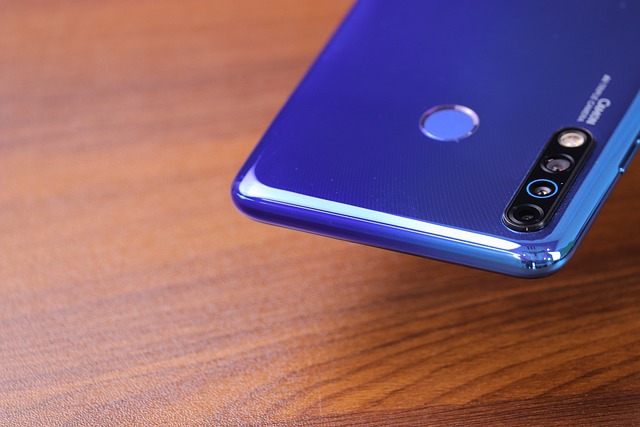
Huawei Mate Xs Review of The Available Colors
Competition between mobile phone manufacturers is no longer limited to technological matters, such as memory size, camera strength, and processor power. Rather, it went beyond the competition in the colors of the cellular covers, which have become significantly more varied.
Huawei Mate Xs comes in the following colors: Interstellar Blue.

Knowing Display features Using Huawei Mate Xs Review
The user interface’s fundamental component is the mobile phone’s screen., so it is crucial to identify its specs well, then you will be able to choose a mobile phone with a screen that fits your needs.
The lines that follow explain the major screen specs of the Huawei Mate Xs. screen
Display Type: Foldable OLED – Keep in mind that you should search for a screen kind that provides more radiant colors and genuine black.
Display Size: 8.0 inches, 205.0 cm2 – The common standard screen size of mobile phones now averages between 4.7 and 6.5 inches.
Screen To Body Ratio: (~86.9% screen-to-body ratio). It provides the percentage of how much of the front side is covered by the screen… Smartphones that have the largest screen-to-body ratio look delicate and give them a premium look.
Display Resolution: 2200 x 2480 pixels. It is the clarity of an image video in detail and sharpness. The pixel resolution for high-definition screens is 1920 x 1080.
Display Density: (~414 ppi density). It is the number of physical pixels per inch on a screen and is measured in Pixels Per Inch (ppi).
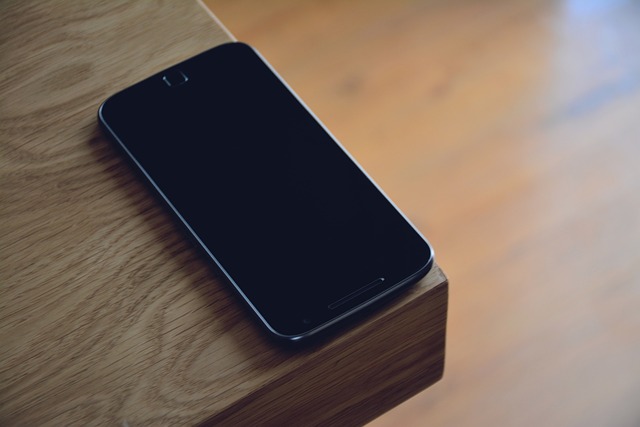
Camera Features- Huawei Mate Xs Review
In the following lines, you will find Huawei Mate Xs review about the main cameras.
* Main Camera Single: {40 MP, f/1.8, 27mm (wide), 1/1.7″, PDAF}.
Here are explanations about some of the symbols included in the camera characteristics:
MP (Megapixels) is the resolution of the image taken by a cellular phone.
(f value) is the aperture of a lens that indicates how much light it lets in. The larger the aperture, the more light is let in; and vice versa.
(mm value) This measurement is of the lens’s focal length, which affects the final image that is produced by your camera.
AutoFocus (AF) is the function of a camera to automatically focus on a subject.
* Main Camera Dual: 8 MP, f/2.4, 81mm (telephoto), PDAF, OIS, 3x optical zoom
* Main Camera Triple: 16 MP, f/2.2, 17mm (ultrawide), AF
* Main Camera Quad: TOF 3D, (depth)
The main camera features are as follows:
HDR, panorama, Leica optics, 4K@30fps, 1080p@30fps main video camera.
In the following lines, you will see the Huawei Mate Xs review of the selfie camera:
* Selfie Camera Single: 8 MP, f/2.0, 24mm (wide), 1/4″, 1.12µm
The main camera characteristics are:
HDR, 1080p@30fps (5-axis gyro-EIS) Selfie video camera.
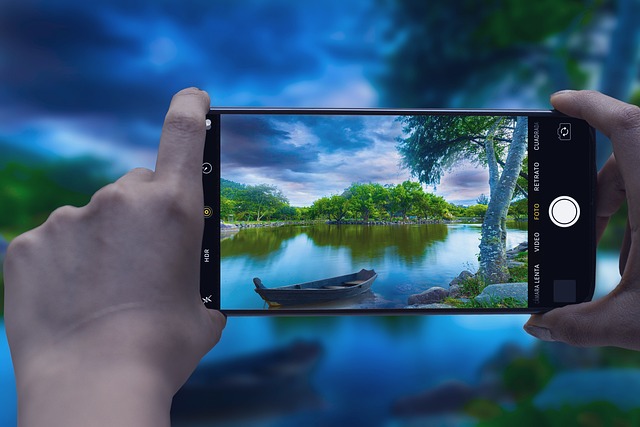
Important Details About The SIM – Huawei Mate Xs Review
A SIM card, also known as a Subscriber Identity Module, is a microchip that stores information including user identity, phone number, network authorization data, personal security keys, and contact lists. A SIM card connects a smartphone to a specific mobile network to use its features, like making calls, and connecting to internet services such as 3G, 4G LTE (please refer to Huawei Mate Xs 3G or Huawei Mate Xs 4G articles ), and 5G, or sending SMS messages. Please note that it’s possible to use your smartphone without a SIM card as a personal assistant device.
This cellphone model comes with Hybrid Dual SIM (Nano-SIM, dual stand-by) card. For more info, refer to the How to insert SIM card in the Huawei Mate Xs article.
Here are the common SIM card types:
* Nano-SIM. It is the smallest removable SIM card size, so it is the most modern one (other than eSIMs, which we’ll read about it very soon) and it’s used by the vast majority of current cellular phones.
* Micro SIM. They have a slightly larger chip, and they haven’t been utilized too often recently.
* Standard SIM (Mini-SIM). It is the biggest SIM card size in use, and it’s the most rarely used.
* eSIM. It is an embedded SIM card, i.e., you can’t take it off of your device.
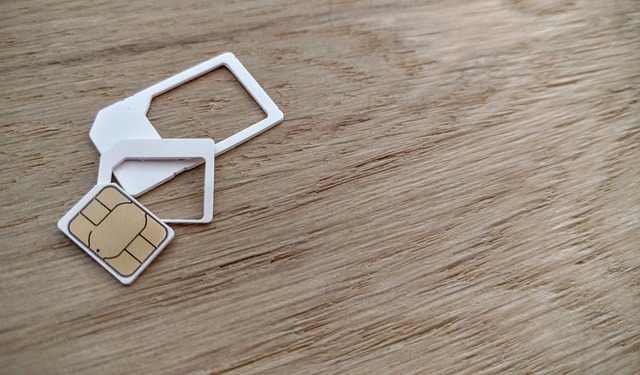
Huawei Mate Xs Review – The Main Hardware Platforms
This model has Kirin 990 5G (7 nm+) chipset.
Advanced embedded chipsets in mobile phones allow the performing of many different tasks depending on their programming. They are built-in as part of the complete device including hardware and mechanical components. The most famous chipset types are QUALCOMM Snapdragon, INTEL ATOM, and MEDIATEK CHIPSETS…
Huawei Mate Xs has Octa-core (2×2.86 GHz Cortex-A76 & 2×2.36 GHz Cortex-A76 & 4×1.95 GHz Cortex-A55) CPU.
CPU (Central Processing Unit) performance is necessary for the daily user experience. Thus, the higher the number of cores and the higher the number of processing speed the better the performance will be…
Huawei Mate Xs has the following GBU (Graphics Processing Unit): Mali-G76 MP16.
This chip is responsible for processing all graphics jobs. In fact, Users are now more aware of the many models of GPU chips included in cellphone chipsets and sometimes take their performance into account when making purchases.

Storage specifications – Huawei Mate Xs Review
One of the major deciding factors, when you intend to buy a new cellphone, is the size of storage it offers. Actually, Huawei Mate Xs comes with NM (Nano Memory), up to 256GB (uses shared SIM slot) memory card slot, and the following internal storage: 512GB 8GB RAM
Two types of phone memory are available:
Internal: It is built into the phone, and can’t be increased. Nowadays, the majority of smartphones have internal storage that is at least 32GB or 64GB and a few high-end models feature 256GB or 512GB.
External: It is a removable SD card used as an alternative memory to store photos, music, videos, etc., regardless of the type of SD card slot.
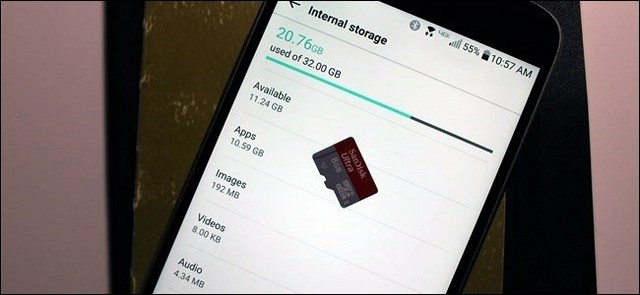
Mobile Networks and communication – Huawei Mate Xs Review
The complex architecture used by mobile networks involves base stations distributing radio waves inside hexagonal regions known as “cells” (hence mobiles also being known as cellular phones). In order to exclude any signal-deficient locations, thousands of cells overlap across various geographic areas. Three different network types exist today: 3G, 4G, and 5G. These networks have the ability to pick up and deliver mobile communications in addition to transmitting and receiving data and information.
Huawei Mate Xs supports the following networks: 3G. For more info, refer to the Huawei Mate Xs 3G article. – 4G. For more information, refer to Huawei Mate Xs 4G article.
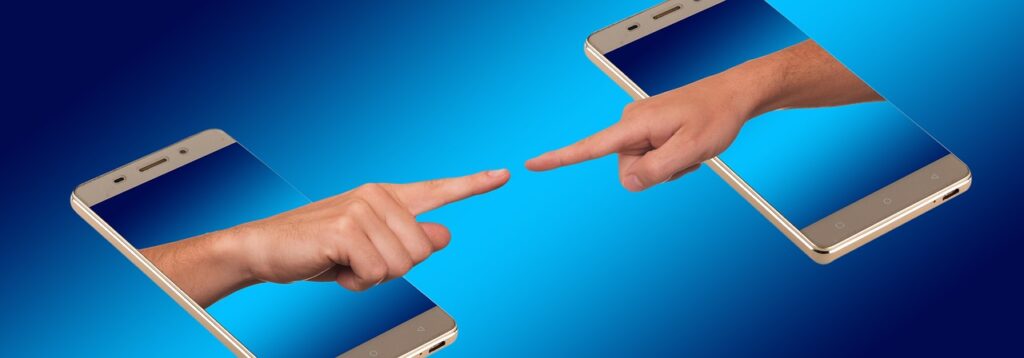
Read About Wireless Connections – Huawei Mate Xs Review
This model supports the following wireless connections:
* WLAN connection: {Wi-Fi 802.11 a/b/g/n/ac, dual-band, Wi-Fi Direct, hotspot}. Wireless Local Area Network depends on Wi-Fi to connect to the home or office wireless network using the local router and provides Internet access.
* Bluetooth connection: {5.0, A2DP, LE}. It is a common wireless communication protocol used to connect two devices together over short ranges, allowing them to share data between different devices.
* GBS connection: {Yes, with dual-band A-GPS, GLONASS, BDS, GALILEO, QZSS}. Global Positioning System allows smartphones to locate any position you need.
* NFC connection: {Yes}.Near Field Communication is a wireless technology that allows your cellular phone to transfer data to another device when they’re close together, so it’s generally used for contactless payments. For more information, refer to NFC on Huawei Mate Xs article.
* USB connection: {USB Type-C 3.1}.Universal Serial Bus is wired technology that allows users to connect two devices, such as a smartphone with a PC, to either transfer data or charge the connected device.
* Features Sensors: {Fingerprint (side-mounted), accelerometer, gyro, proximity, compass, barometer}. The sensor is a device that detects and majors the changes in the nearby environment such as ambient light and motion.

The Operating System – Huawei Mate Xs Review
This model comes with {Android 10, EMUI 10, no Google Play Services} operating system.
Battery Main Specs – Huawei Mate Xs Review
Nothing is more crucial than the cellular phone’s battery, which powers these devices and keeps daily life going. The following lines are demonstrating the Huawei Mate Xs review of its main battery.
* Battery Technology: {Li-Po}.
* Huawei Mate Xs comes with {non-removable} battery.
* Battery Capacity: {4500} mAh. It refers to the storage capacity a particular battery is able to provide. A battery with a 3100 mAh capacity rating could supply a current of 3100 mA for one hour. Higher mAh ratings for the same battery type will generally mean longer working time.
* Battery Charging: {Fast charging 18W}.
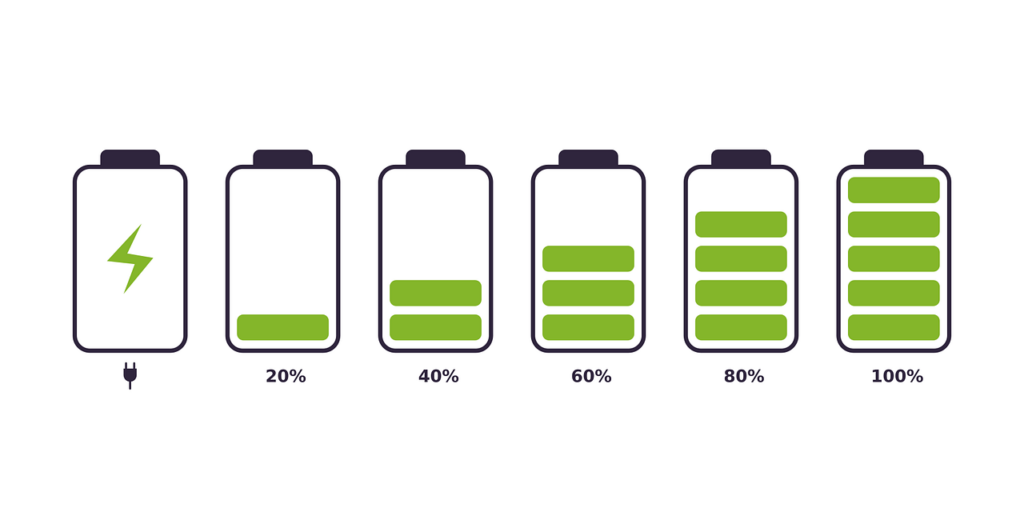
Huawei Mate Xs Review – The Battery Secondary Specs
In addition to the major Huawei Mate Xs features that we mentioned earlier, this model has more battery-related features that are relatively different depending on the type of cellphone. Here are these specs:
* Battery Charging Original: {Fast charging 55W, 85% in 30 min (advertised)}.
* Battery Reverse Charging: {Reverse charging}.

